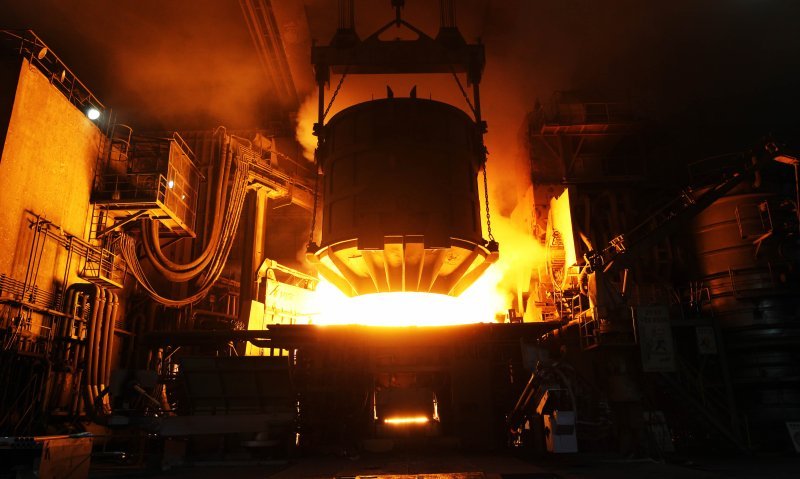[fn Editorial] Steel Industry Restructuring: Innovation and Transition to High Value-Added Products Are Key
- Input
- 2025-11-04 18:19:00
- Updated
- 2025-11-04 18:19:00

For decades, steel has been a core industry in Korea. Domestic steelmakers, including POSCO, have been global leaders with strong competitiveness. However, demand has declined due to a slump in the construction sector, and an influx of low-priced Chinese products has led to oversupply. To make matters worse, the United States of America (USA) imposed a 50% tariff on imported steel, while Europe raised trade barriers through the Carbon Border Adjustment Mechanism (CBAM), further increasing difficulties for domestic companies. There have even been cases where POSCO or Hyundai Steel had to shut down plants.
The government’s restructuring plan centers on reducing facilities and providing support policies, which has been generally welcomed by the industry. While it would be ideal for the industry to adjust itself, as seen in the petrochemical sector, this is not an easy task. Government intervention to coordinate and support where needed is both inevitable and a fundamental responsibility.
Most importantly, the industry must shift toward producing high value-added steel and specialty steel. In fact, transitioning to high value-added products is the most effective breakthrough in any industry facing intensified competition. The shipbuilding industry, for example, has managed to endure by focusing on products such as Liquefied Natural Gas Carriers (LNGC) and Ultra Large Container Vessels (ULCV), which are difficult for competitors like China to produce.
It goes without saying that technological innovation is the only way for any industry to survive and win in the global market. If products are manufactured with technology that is a step ahead of latecomers, there is no need to fear recessions or oversupply. However, if companies become complacent with outdated technology, they risk being overtaken overnight and facing decline, as demonstrated by the failures of several countries.
Many will remember the so-called 'Tears of Malmö,' which refers to the collapse of Sweden’s shipbuilding industry that once led the world in the 1970s. In 2002, citizens of Malmö watched in tears as the Goliath Crane of Kockums Shipyard was sold to HD Hyundai Heavy Industries (HHI) in Ulsan for just one dollar. Korea’s shipbuilding industry avoided Sweden’s fate by continuously investing in technological development. The steel industry must also reflect on how it can overcome challenges and remain a core industry for the long term, just as the shipbuilding industry has done.
Alongside the government’s restructuring policies, the National Assembly of the Republic of Korea should promptly pass the 'K-Steel Act,' a special bill jointly proposed by both parties last August to strengthen the competitiveness of the steel industry and promote the transition to green steel technologies. The K-Steel Act includes provisions such as the establishment of the Special Committee for Strengthening the Competitiveness of the Steel Industry, support for the development and investment in green steel technologies, and the selection of core strategic steel technologies. If political strife continues to distract from national affairs, our industries will languish and eventually perish. By then, it will be too late.